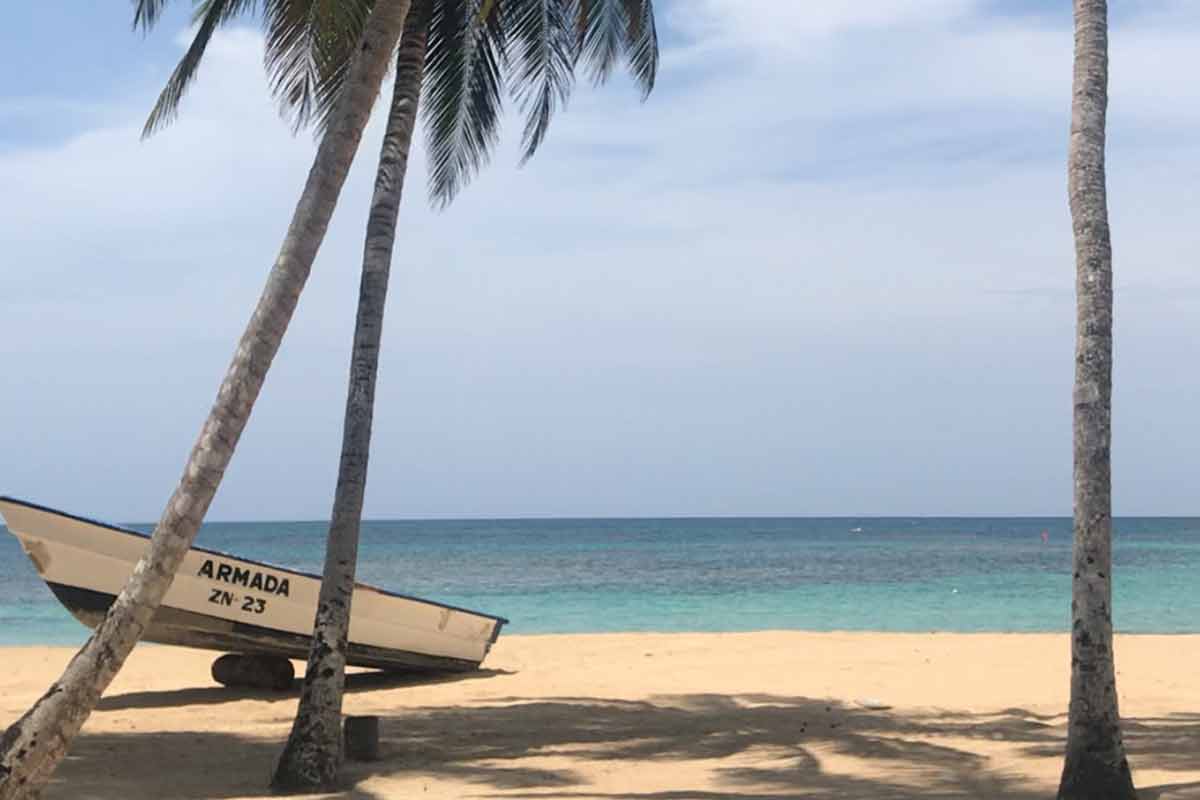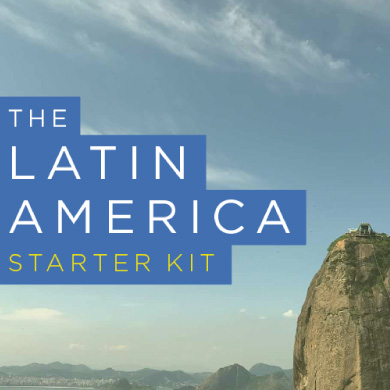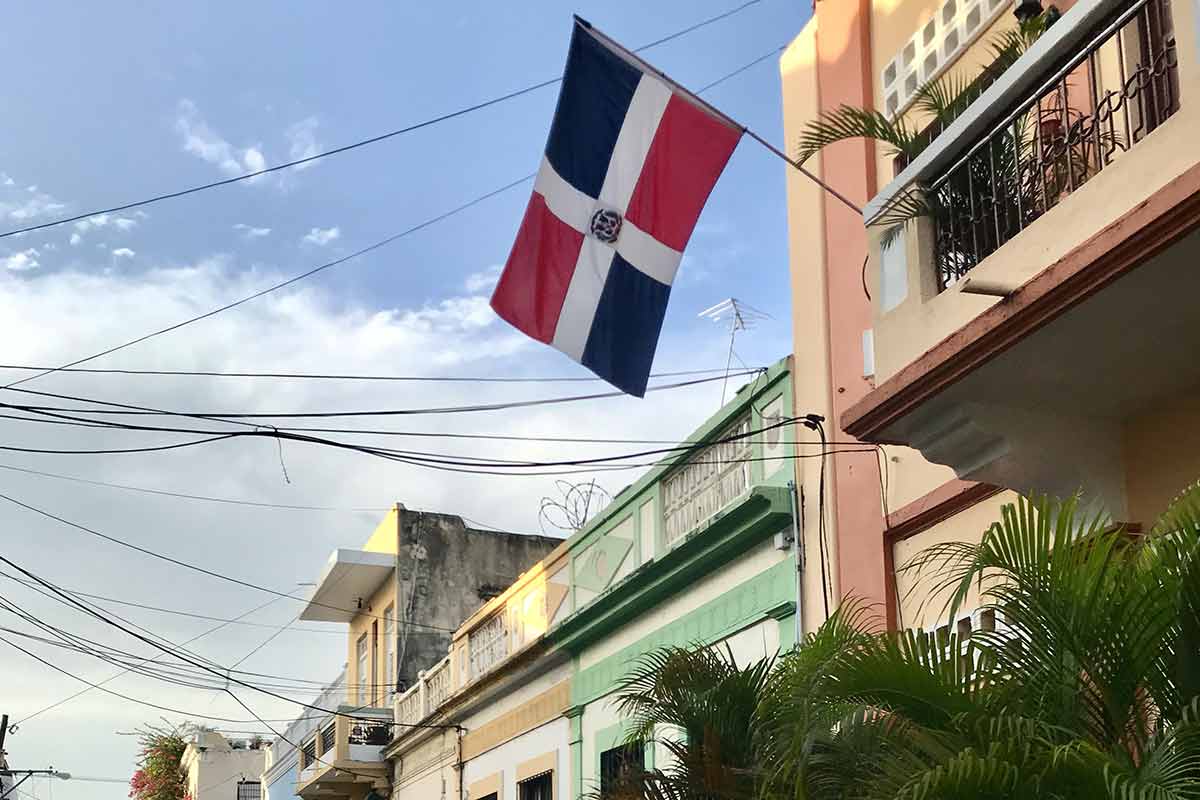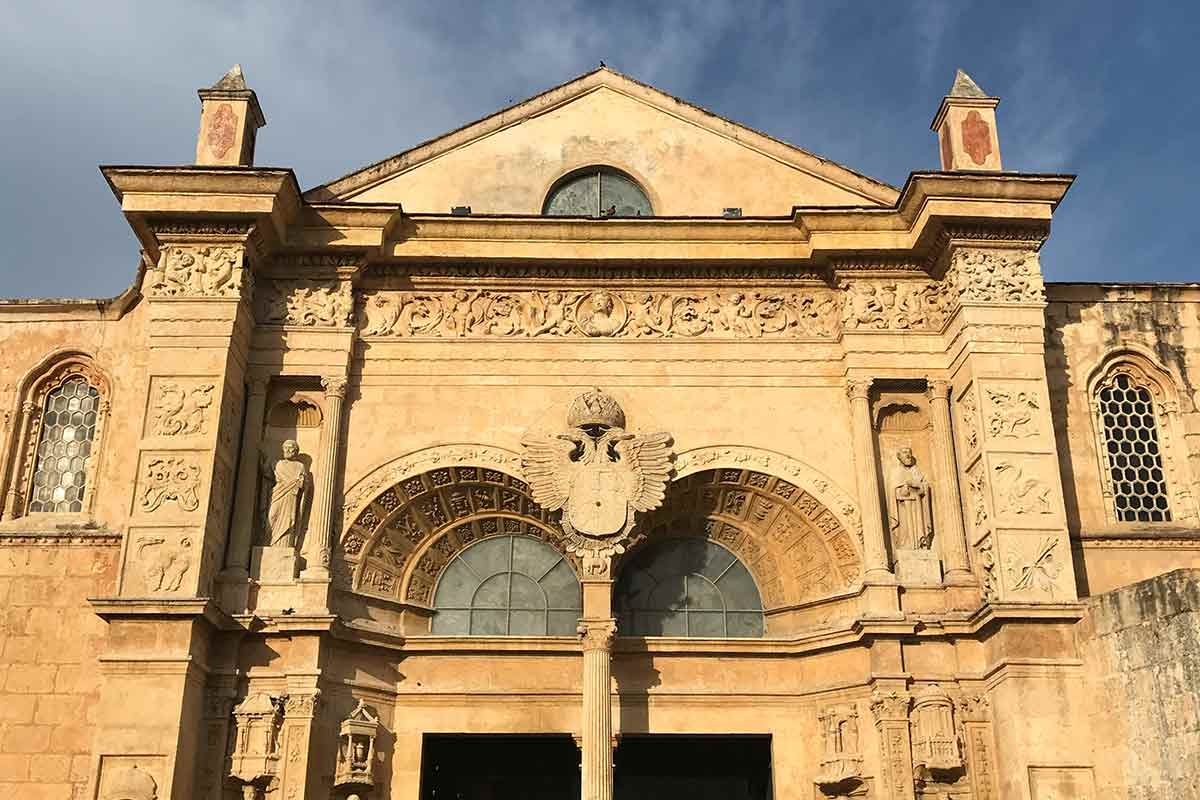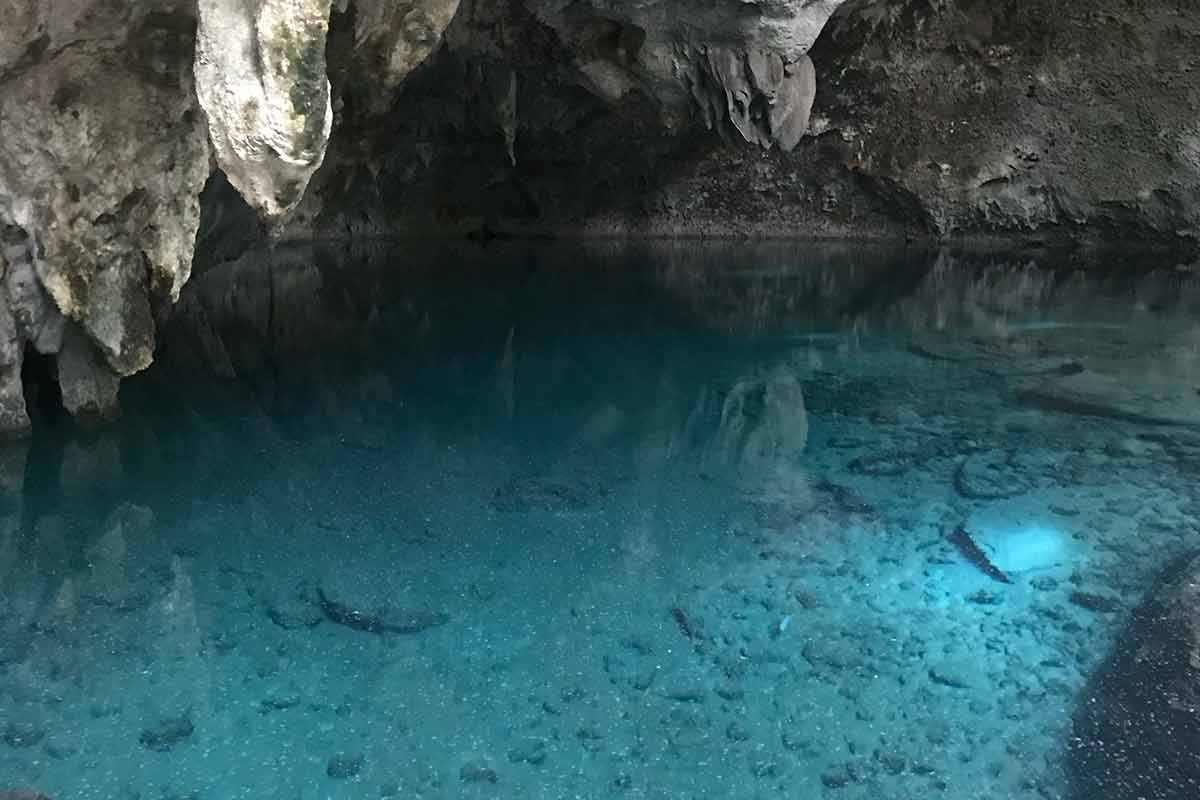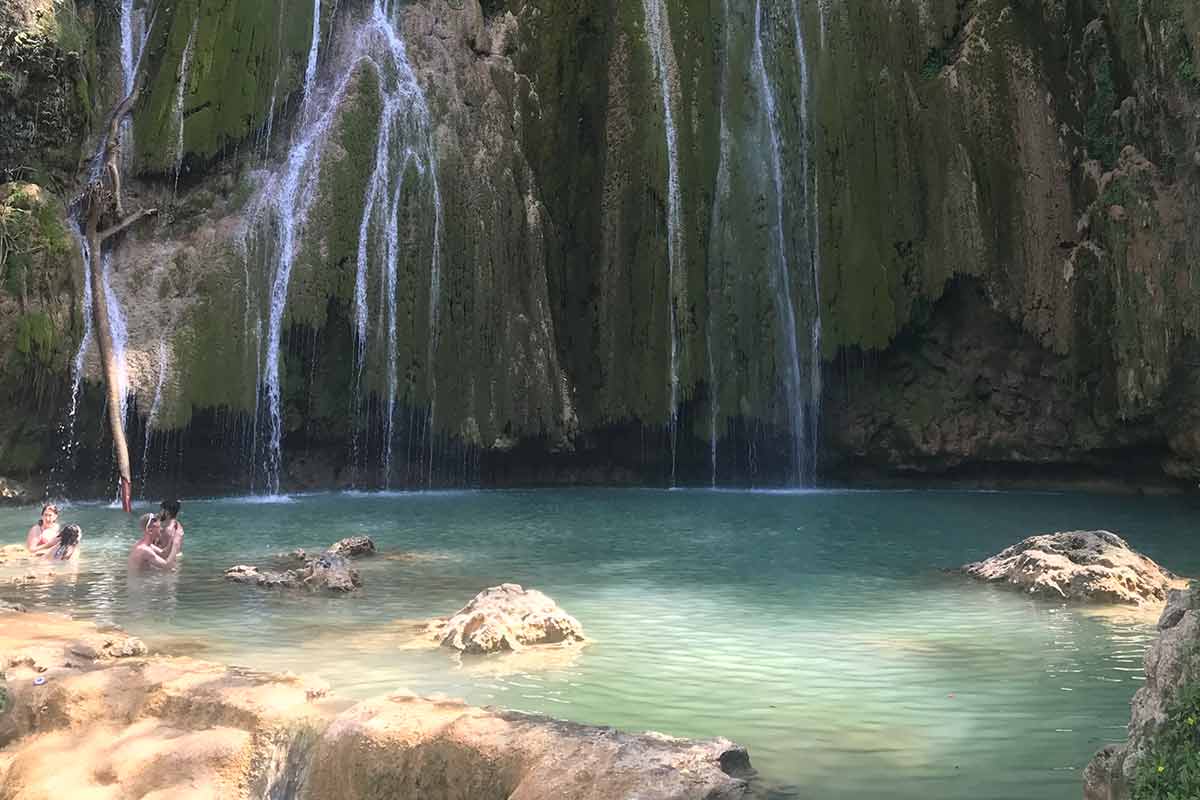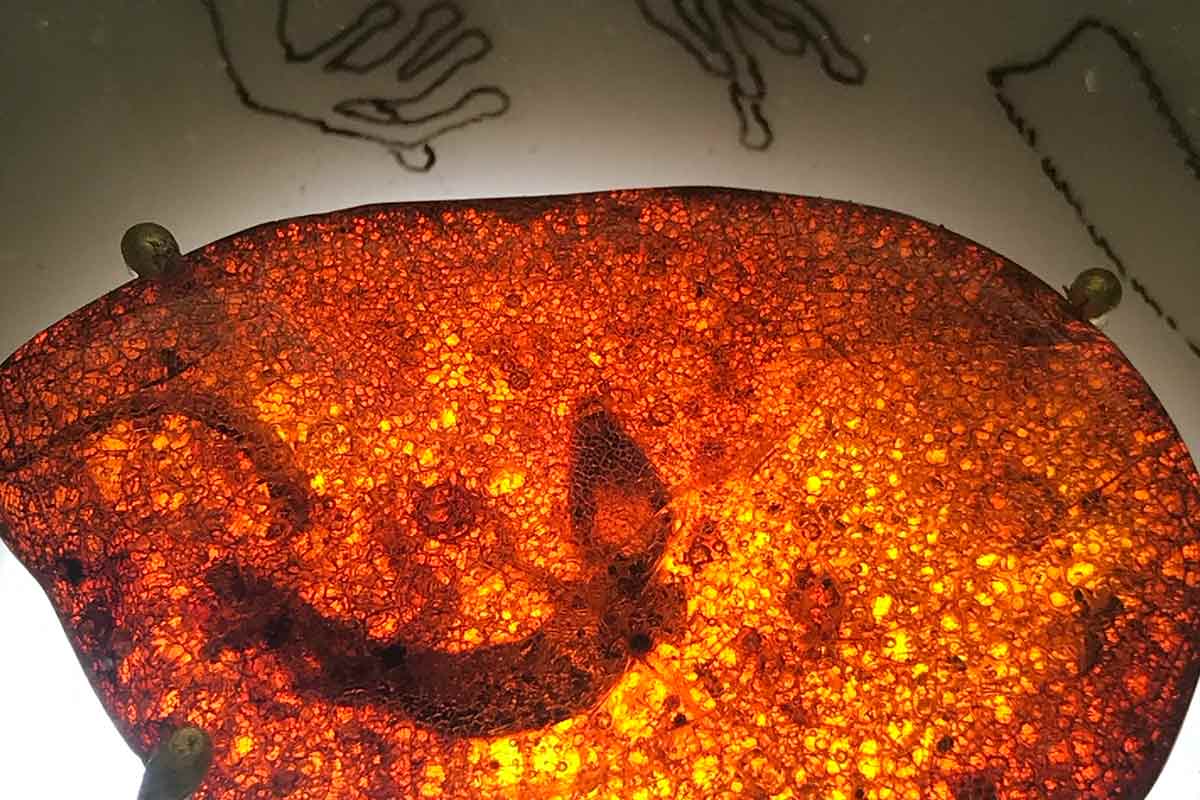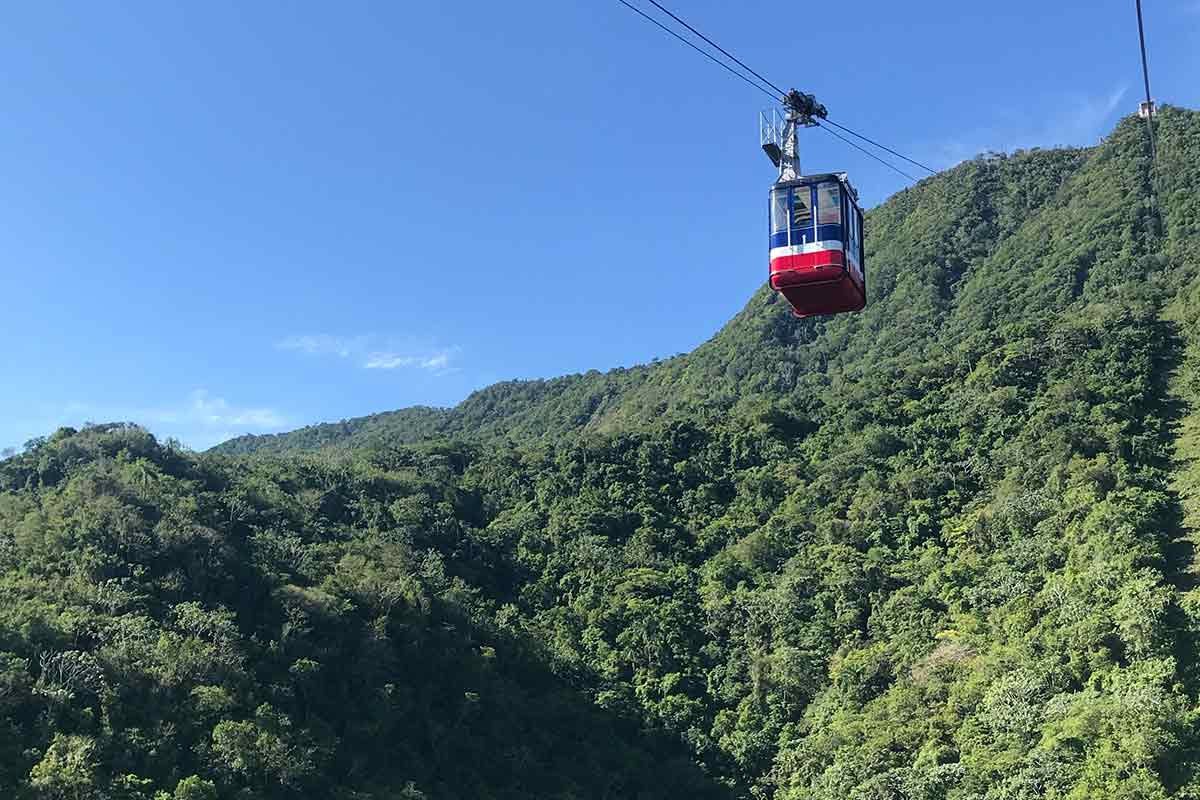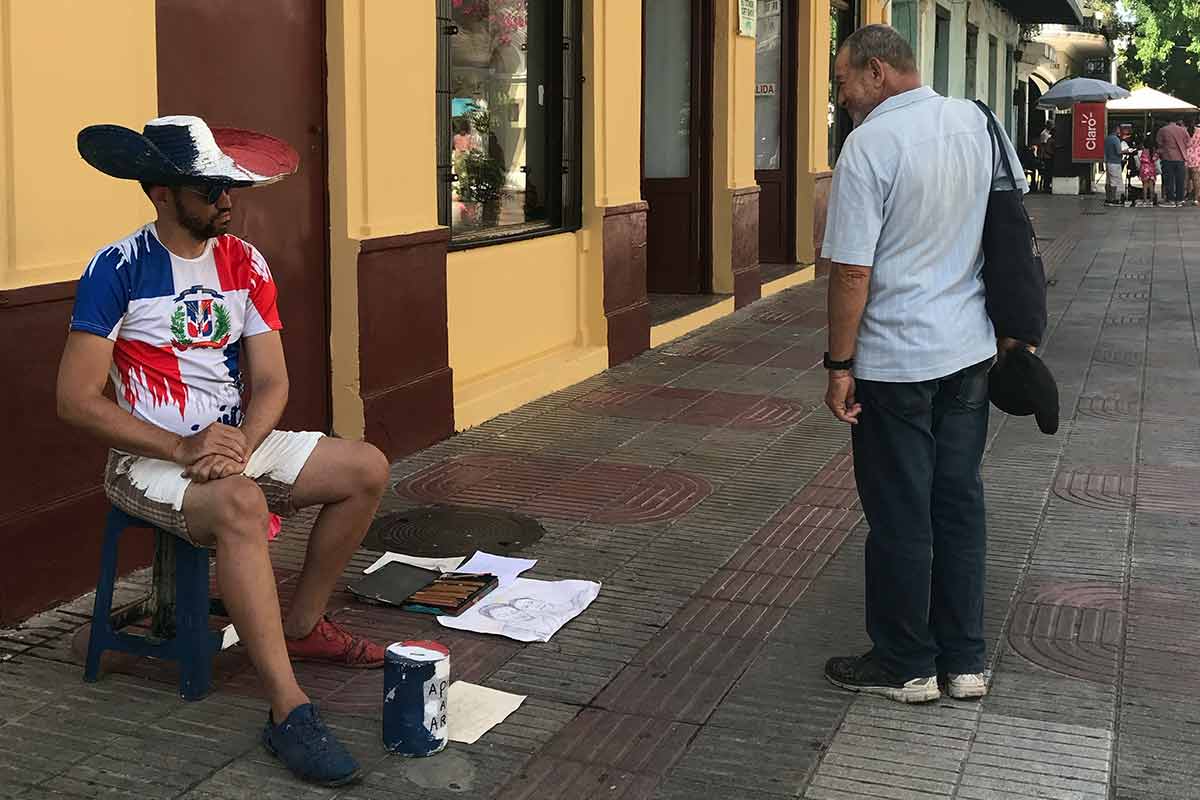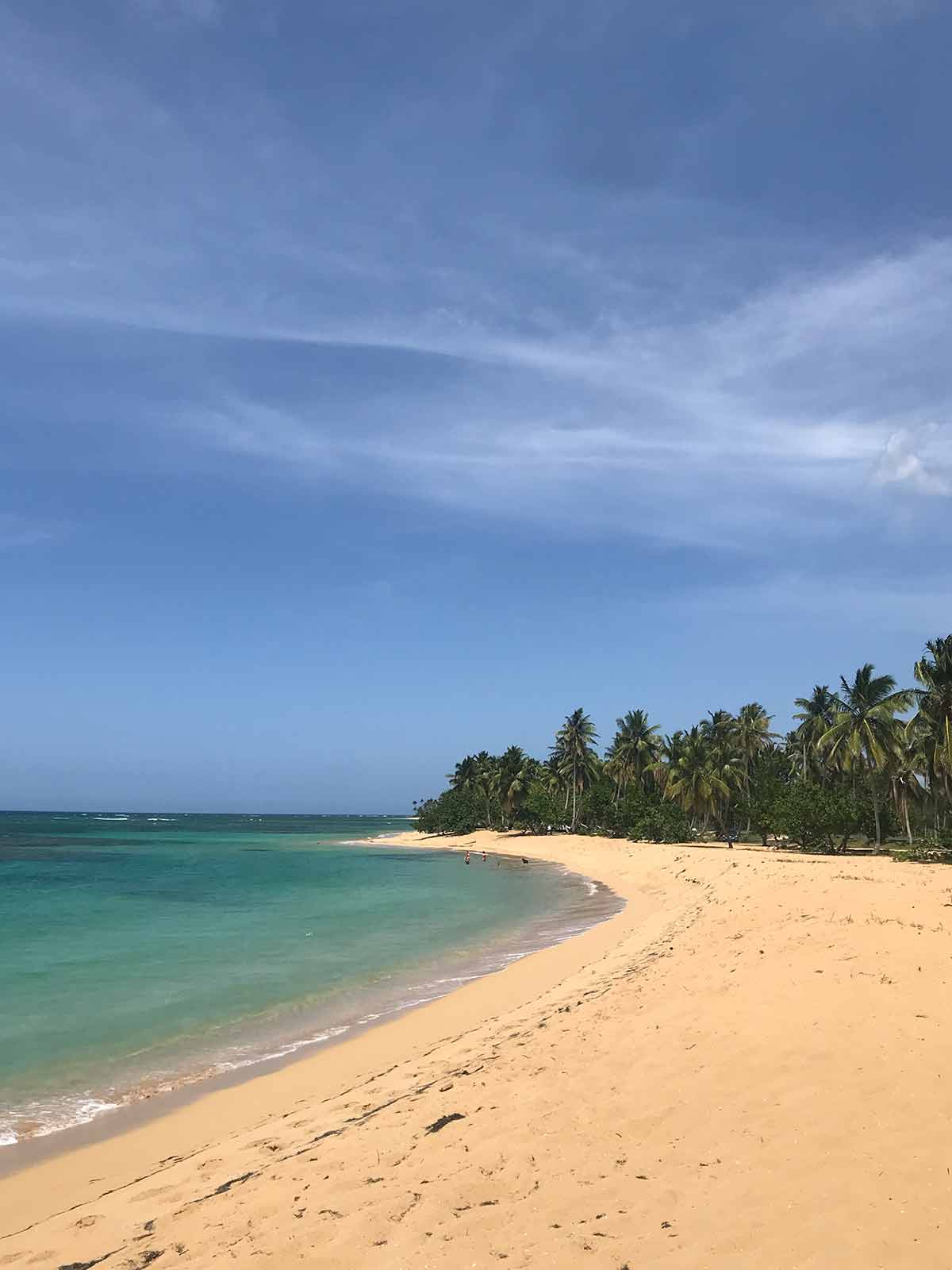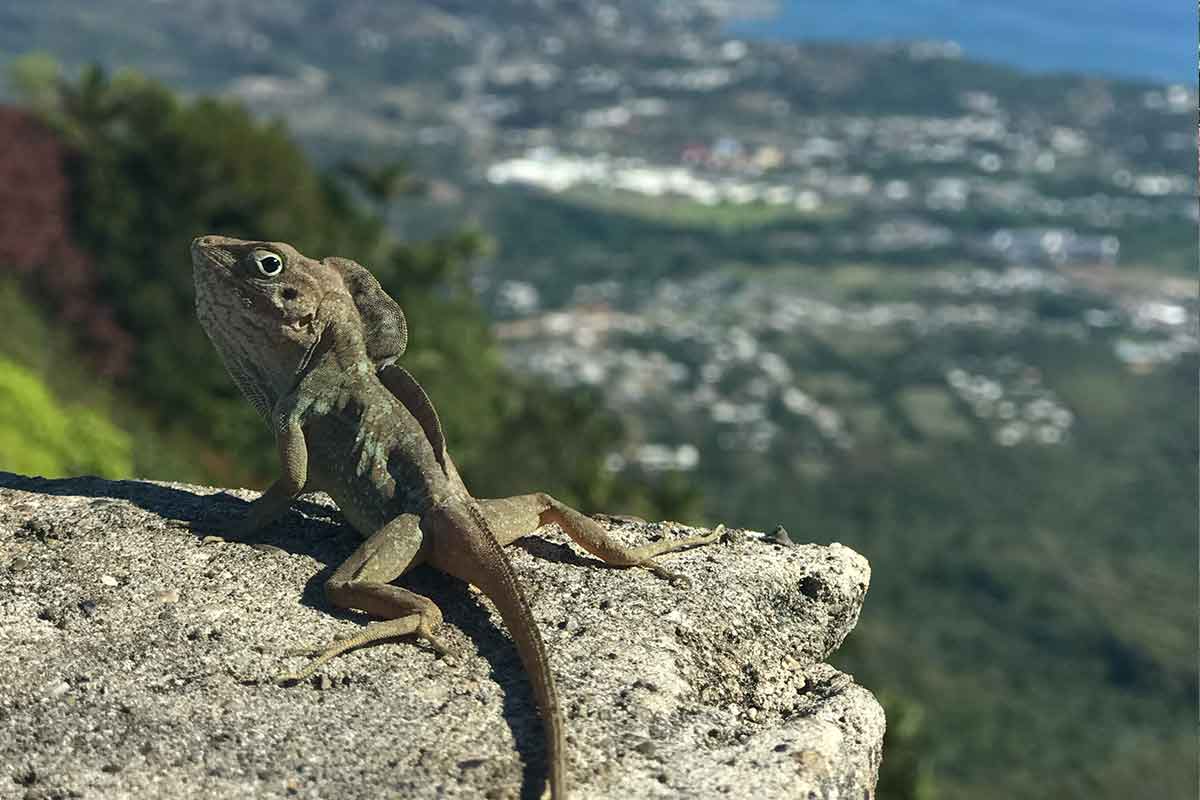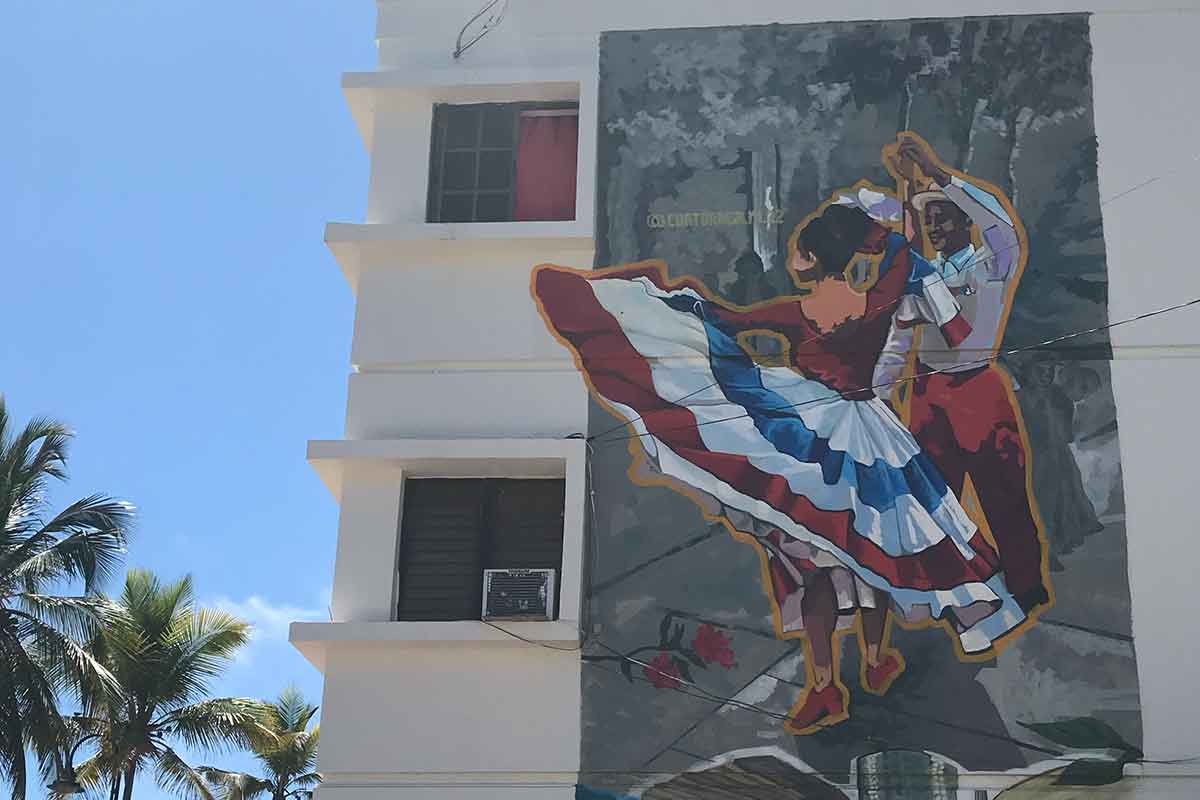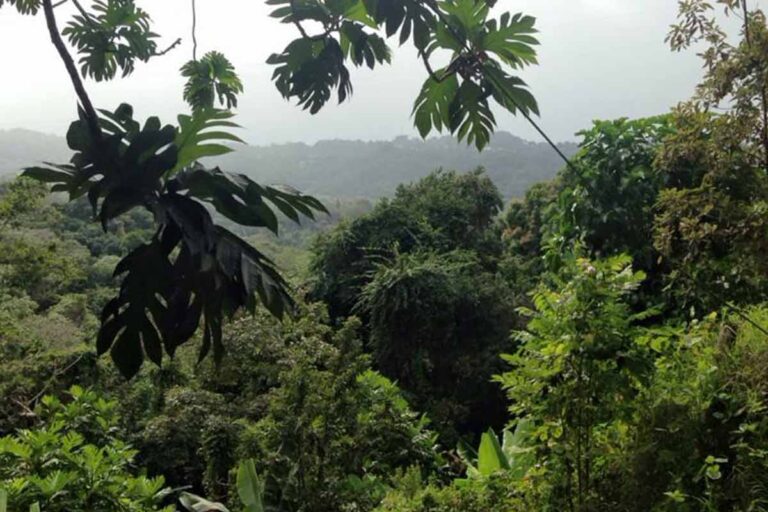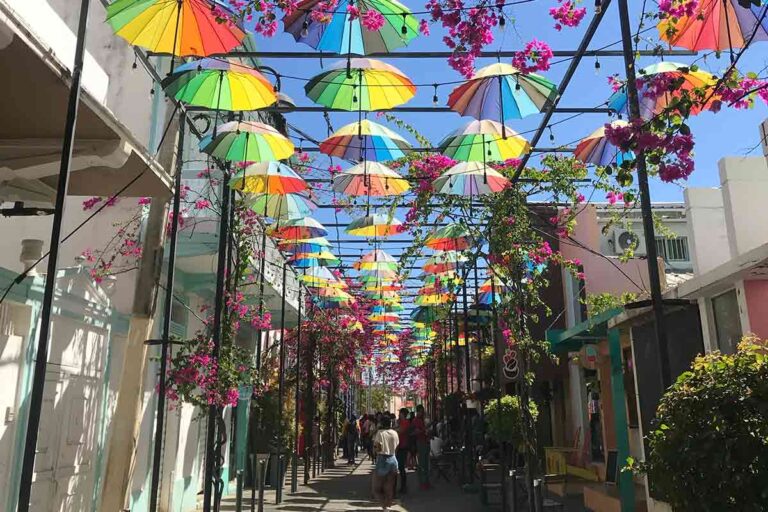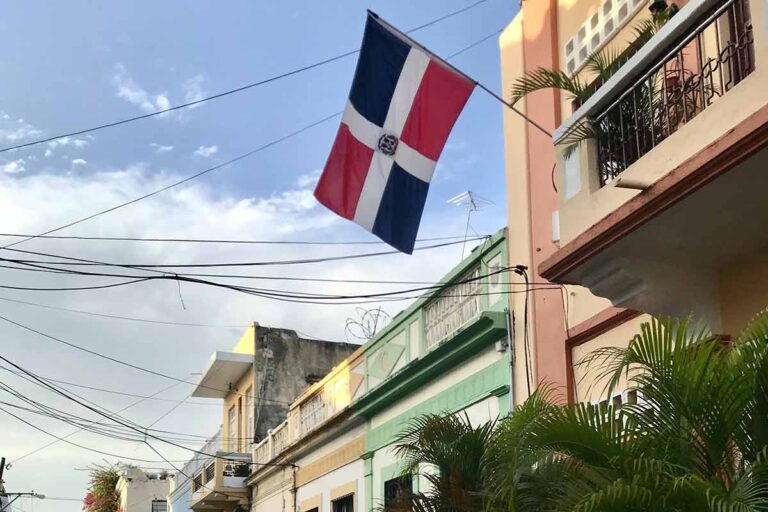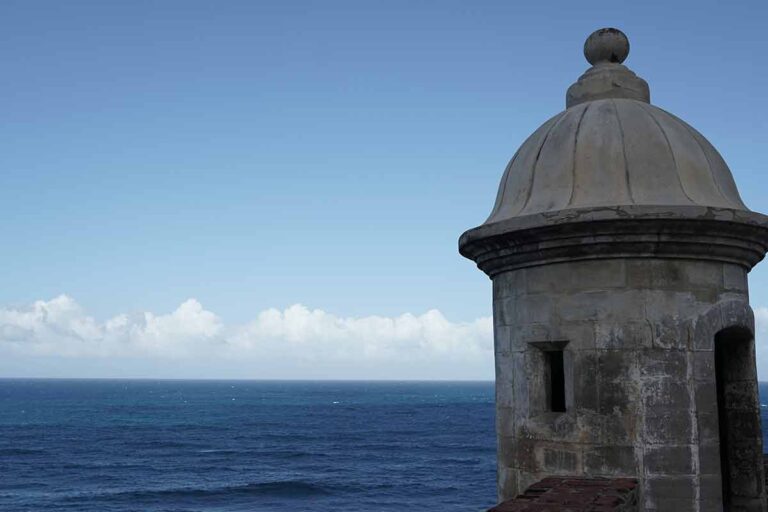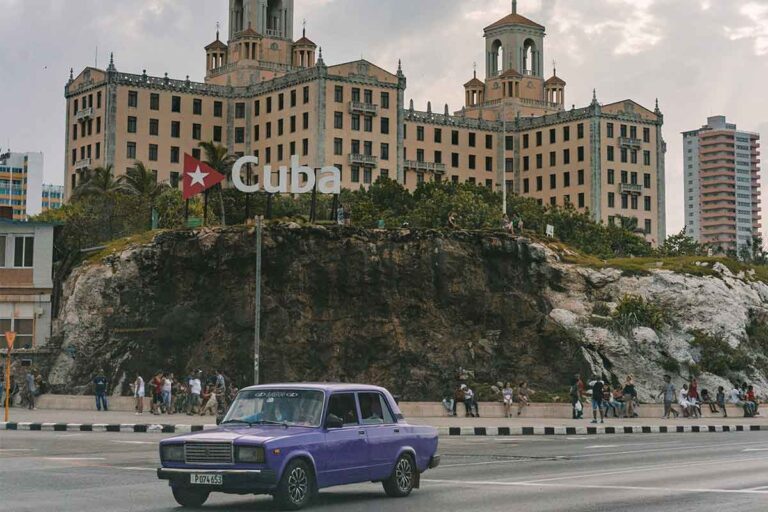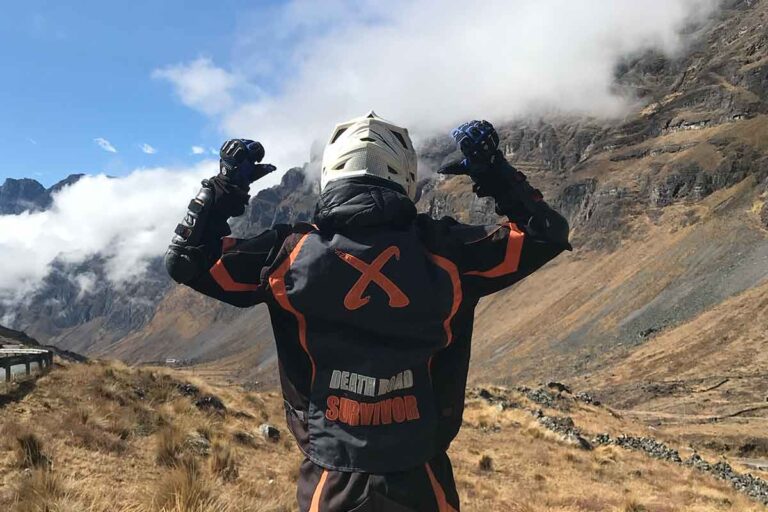Backpacking Dominican Republic Itinerary
Welcome to our backpacking Dominican Republic itinerary.
This Caribbean island is already famous for its luxury resorts, however is also a great backpacking destination as long as you do your research.
From the world-class beaches of Las Terrenas and Puerto Plata to the heated culture of Santo Domingo, backpacking this island is memorable to say the least.
In this guide we will show you everything you can see and do when in the Dominican Republic!
Backpacking the Dominican Republic
Whilst much of Latin America is backpacking friendly (lots of hostels and popular travel routes), the Dominican Republic offers a different kind of experience.
As well as for those who enjoy lounging on beaches, it’s also a great choice for those who want to get off the beaten path and have a true adventure.
Is the Dominican Republic worth visiting?
This colorful island really has an identity of its own. The people here are really warm and fun to be around, who are also known for being really good dancers (just head to any local salsa bar and you’ll be in for a memorable night).
Although it’s not as backpacking-friendly as other Latin countries, there’s still plenty of areas which are great such as Puerto Plata and Santo Domingo. As well as postcard-perfect beaches, here you’ll also find many worthwhile museums and historical landmarks to explore. See our reasons to visit the Dominican Republic for more inspiration.
BLATAM backpacking data:
- 💰 Currency: Dominican Peso
- 🇸🇻 Language: Spanish
- 🌎 Population Size: 11.1 Million
- 📍 Best Secret: Las Terrenas
- 🍴 Eat: Mangu, Bandera Dominicana
- 🥛 Drink: Mamajuana
- 💸 Average Daily Budget: $25-35
Is the Dominican Republic Safe?
This island definitely has its safe parts, however issues can also be alarming in certain areas. Things like mugging and robbery are known to be focused towards tourists, so it’s important to prepare properly before visiting.
Our basic tips for safety in the Dominican Republic include:
- Check up on the safe areas to stay within each destination.
- Leave all valuables at home when out exploring.
- Don’t leave items unattended when at the beach alone and going for a swim.
- Use Uber instead of normal taxis.
- Avoid wandering off into unknown streets at night (alone or in groups).
It’s really just basic stuff to keep in mind here. Most issues occur when you leave the touristy zones, so as long as you stay there and keep your guard up then you’ll have virtually no issues.
An extra mention is avoiding motorcycle rides. It’s a big part of Dominican culture, however the island is also home to one of the largest accident rates by motorbike on earth. Not a statistic you’ll want to be a part of…
Safety Facts about the Dominican Republic
- One way to evaluate safety is by looking at the 2020 Global Peace Index. This measures the state of peace of each country in comparison with the rest of the world, by evaluating both tangible and qualitative indicators.
- The Dominican Republic ranked as 76th out of the 163 nations measured, which is similar to that of Argentina and Cambodia. For comparison, The United States ranked as 121st.
- Whilst still not as popular as the rest of Latin America (for backpackers), this island is slowly becoming safer as long as you heed local advice and stick to the touristy areas.
- As always you’ll want to properly research up on the best neighbourhoods to stay in, and to avoid going out late at night by yourself.
Backpacking Dominican Republic Itinerary
Although most tourists only head to the resorts of Punta Cana, there’s way more going for this island (in fact we highly recommend NOT going there, given it’s all too expensive and lacking in authenticity). Let’s take a look at the very best places below.
Santo Domingo
The capital of the island, this is where to come if you’re after authentic Dominican culture and to learn about the history of this proud nation.
A worthy day trip is to the Las Tres Hojas, which is a series of limestone caves filled with blue and green waters. They look similar to the cenotes found in the Riviera Maya, however are also pretty unique (they were even featured in one of the Jurassic Park films).
We recommend heading with this day tour which also includes all transport and a visit to the Botanical Gardens.
The Historic Centre is also full of beautiful colonial buildings and forts such as the Alcázar de Colón, Fortaleza Ozama as well as the Catedral de Nuestra Señora de la Encarnación.
It’s worth planning a walking route to see them all in a day, although you’ll want to bring lots of water given it gets really hot on these streets!
Las Terrenas
Those after beautiful beaches need look no further.
Located along the Samaná Peninsula, Las Terrenas has a really stunning coastline, and has become a popular place with backpackers and expats moving here.
Despite this extra tourism, the place still feels really authentic and is great for having a more raw Dominican experience.
You can also use this town as a base camp to explore this stunning region. Limón Waterfalls is a worthy day trip, where you’ll hike through the jungle to reach the emerald pools and these 50 ft-wide falls.
Playa Rincón is continually ranked as the most beautiful beach in the Dominican Republic, and of course one of the best in all of Latin America too. On your way here you can also explore the nearby Parque Nacional Cabo Cabrón (yep that’s really it’s name…).
Puerto Plata
Another coastal destination, this city is much bigger than Las Terrenas however is a much better all-rounder for backpackers.
One of the most awesome things (and was George’s favourite on the whole island) is the Amber Museum.
Here you’ll see amber formations that formed over 50 million years ago, back to when the dinosaurs roamed the earth. Inside some of the structures we can find insects and even lizards trapped in perfect condition, meaning you’re effectively looking at creatures that once lived with these prehistoric giants!
Puerto Plata is also home to the only Gondola in the Caribbean, which is known locally as the Teleférico. Here you’ll rise up 800 metres onto the top of the Isabel de Torres mountain, which gives some memorable sweeping views over the city and coast. It’s also a great place to hike in nature too, with the walk back down will take a good couple of hours.
Those who are strapped for time will love this all-inclusive day tour, where you’ll ride the cable-car, visit an organic cacao farm as well as have a traditional Dominican lunch included too!
Dominican Republic Itinerary (1 Week)
Here we’ll now cover our very best itinerary of the Dominican Republic. As well as keeping an eye on time, it’s also been designed to keep things fresh and exciting too for you.
Santo Domingo (Days 1-3)
The capital tends to divide opinion – however to be fair this is because most who head to this nation only want luxury resorts and beaches.
Those who are actually interested in the local culture will find Santo Domingo a really interesting city to explore. The highlights are within the Colonial Centre, where you can first head to the bustling Parque Colón. Nearby there’s lots of beautiful architecture to see, such as the Fortaleza Ozama and the Convento de los Dominicos.
Plaza España is just a few blocks away, and is a good next place to head (lots of water and ice cream vendors here, which are very much needed in this heat).
Here we can visit the Alcázar de Colón and its beautifully arched terraces, as well as the Museum of Rum and Sugar Cane to learn more about these important Dominican exports. You can join this historical city tour to see the very best sites with a knowledgeable local guide.
Las Terrenas (Days 4-5)
From Santo Domingo we’ll now take the 3 hour bus north to Las Terrenas, which is located along the Samana peninsula.
The beaches here and hands-down some of the most beautiful we’ve seen in Latin America, and these two days are all about enjoying them as much as possible. You can easily go snorkelling in these multi-coloured waters, or even hire a yacht for the day for maximum freedom.
There’s not really much to do in the town per se (aside from beaches and enjoying cocktails), however it’s worth using a half-day to head to Limón Waterfalls. We recommend leaving early as the hike is pretty hot during midday.
Puerto Plata (Days 6-8)
Last but not least we’ll head to the popular city of Puerto Plata to enjoy a final few days in the Dominican Republic. It’s a bit of a trek from Las Terrenas, so be sure to start really early to make the most of your day.
Although some parts have become quite touristy (there is an area just for resorts), the city centre still offers some historic charm, especially around Parque Central. Here you can walk along the cobblestone streets and also marvel at the imposing Catedral de San Felipe Apóstol.
Just a couple of blocks away we can head to the Museo del Ámbar, which is one of the most notorious of its kinds in the world. Given the island is rich in amber reserves, it means that many important discoveries have been made, including the lizards and mosquitoes that are frozen inside (over 50 million years old – still in perfect conditions!).
Afterwards you can walk along the infamous Malecón, which is best from 4pm onwards (for the sunset as well as more comfortable evening temperatures).
Be sure to use one of your days here to explore the mountain of Isabel Torres. You can easily take a mototaxi to the base, and either hike up (around 2 hours) or take the gondola ride to the top. Along the jungle paths you’ll find many rare animals and birds, as well as some iguanas chilling on the viewpoints.
Damajagua Falls is another awesome visit, which is part of the 27 waterfalls trail. You can head with a tour here, where they’ll take you through the circuit and include all transport and safety equipment.
And that marks the end of our one-week stint through the Dominican Republic! From here you can take a flight out of Puerto Plata or Santo Domingo back home. Alternatively, you can take a cheap flight over to Colombia to begin your South American adventure.
Now let’s move on to our most important tips, so you can have the best experience possible here.
The Dominican Republic: Travel Safety Tips
Like with any new destination you’ll need to prepare a bit to keep yourself safe, and it’s no different here in the Dominican Republic.
Here’s some of our top tips:
- Use Ubers, which are popular throughout the island and are safer than traditional cabs.
- Look out for the top rated hostels in the Dominican Republic for the most comfortable rooms and meeting like minded people etc.
- Keep all valuables in your accommodation when heading out at night (definitely no passport!).
- World Nomads offers simple and flexible travel insurance. Buy at home or while traveling and claim online from anywhere in the world.
- In Santo Domingo, stay within the Centro Colonial which is the safest district for tourists.
- Hagglers can be quite aggressive here, so be firm with your no’s and keep walking if you’re not interested in what they’re selling.
- Use a Safe Money Belt to keep your wallet and valuables safe when out during the day.
- Drink lots of bottled water – dehydration is a big risk here.
- Never leave clothes or bags unattended when swimming in the sea (either go with a group or leave them where you’re staying).
Follow these travel safety trips and use common sense, and you’ll have both a safe and memorable time traveling through the Dominican Republic.
Traveling Around The Dominican Republic
When traveling between different regions, you have two main options.
The first is using the big traditional buses. These are best when heading between major cities, such as Santo Domingo and Puerto Plata. Metro ST Autobuses is a really solid option, and has comfortable seats as well as air conditioning (although bring a jumper on-board given it can get pretty cold!).
Distances can be long, so use Padlocks on your bags given there’s a chance you may want to sleep for a few hours.
The other option are the local Guaguas, which look like small minivans. These will be helpful when riding between the coasts and smaller towns, and are much more inexpensive.
This makes it great for travelers on stricter budgets, and it’s as easy as flagging them down whenever you see them. Of course the disadvantages of these are that the schedules are more random, and you’ll also be making more stops along the way to pick up a local (or 10) in different areas.
Best Time to Visit The Dominican Republic
This island has a typical, tropical Caribbean climate. This means it’s going to be pretty hot year-round.
The dry season runs from December until April, as well as July and August. Average temperatures often range from 75-78°F, although July and August can rise up to 82°F.
You can expect just 1 inch of rainfall throughout each of these months – perfect for hitting the beaches!
The wet season includes the months of May-June, as well as September until November. Average daily temperatures will be warmer here, ranging from 79-83°F.
Although you’d think that rainfall levels go crazy high here (like it usually goes in the Caribbean), it’s actually not that much different from the dry season. Between 2-3 inches fall each month, which is usually within a spontaneous burst or storm – that also passes just as quick.
What to pack for the Dominican Republic?
As already mentioned, the Dominican Republic is going to be hot year-round. This means you’ll want to prioritise lighter clothes, sandals and other garments that are breathable and prevent you from overheating.
There are some parts that can get cool, as especially so for those who plan to hike up Pico Duarte (which is just over 3000m above sea-level). You’ll need some jumpers for this one.
It’s also a good idea to invest in quality hiking boots too, as there’s many nice jungle trails to explore. We recommend these for the guys and these for the girls.
Whilst rainfall isn’t that much of a problem, it’s still worth carrying a Poncho regardless if visiting in the dry or wet season. This is because the showers here are usually sudden and sharp downpours, versus the usual lighter showers.
Got travel insurance for the Dominican Republic?
Considering travel insurance for your trip? World Nomads offers coverage for more than 150 adventure activities as well as emergency medical, lost luggage, trip cancellation and more.
Backpacking the Dominican Republic Itinerary
This tropical island nation isn’t the most popular for backpackers, however it gives something really unique for those who do make the visit.
From world-class beaches and beautiful jungle hikes to seeing life from 50 million years ago, it will prove to be quite a memorable trip!
Be sure to come back to this itinerary before and during your Dominican Republic backpacking trip so you don’t miss anything out along the way.
Why not see our other guides on backpacking the Caribbean while you’re here?
👉🏽 P.S. If you’ve found this guide helpful, buy us a coffee here to say thanks! Or, support us by downloading our South America Travel Bible to get our best content.
“Dear traveler! Some links in this post contain affiliate links. Meaning, if you click through and make a purchase, book a hostel or sign up for a tour, we may earn a small commission at no additional cost to you. Your support means a lot and helps us to carry on traveling and maintaining the quality of this site for you.”

